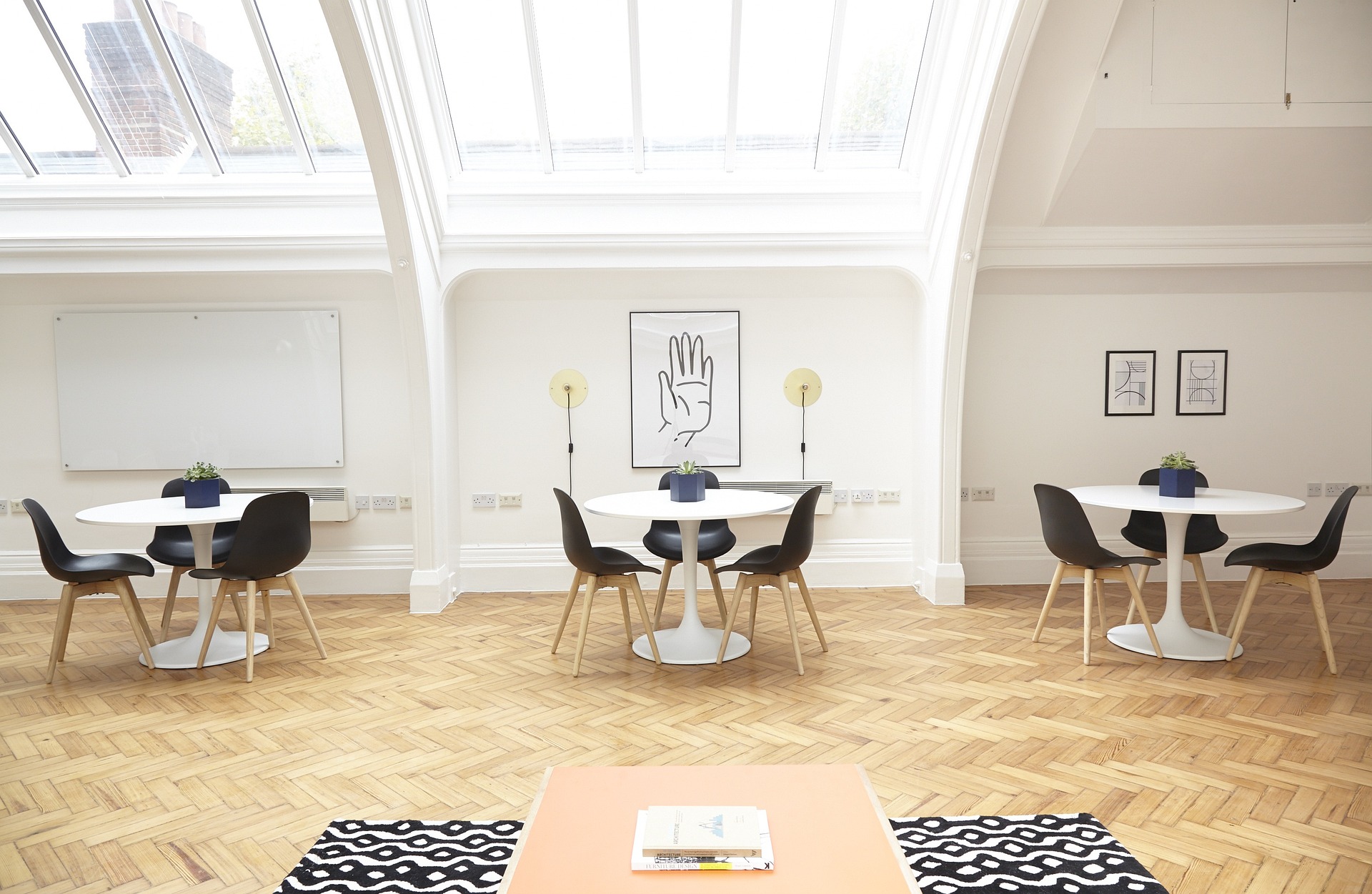Incorporating Natural Elements into Modern Home Design
Introduction: The modern home is evolving to embrace the beauty and tranquillity of the natural world. Incorporating natural elements into interior designs not only creates a calming atmosphere but can also inspire creativity and evoke a sense of well-being. This trend has seen a surge in popularity over recent years, and this article will explore the historical context, current market trends, and practical applications of this design philosophy.
The Historical Context of Natural Elements in Design
Natural elements have always held an important place in the realm of home design, dating back to the earliest human dwellings. From the Stone Age to the ancient civilizations of Egypt, Greece, and Rome, natural materials and elements were incorporated into design for both practicality and aesthetic purposes. However, with the advent of industrialization and modern technology, artificial materials gradually took over. It was only in the late 20th century, when the negative impacts of these materials on our health and environment became evident, that designers began to reconnect with nature. Today, the trend of incorporating natural elements in home design is rooted in a desire to create healthy, harmonious living spaces that echo the tranquility of the outdoors.
Current Design Trends and Expert Insights
Today’s interior designers are finding innovative ways to incorporate natural elements into modern homes. From wooden and stone accents to indoor plants and natural light, the current trend is all about creating a balance between modern sensibilities and the serenity of nature. One popular technique is the use of natural textures and materials such as wood, stone, and bamboo in furniture, flooring, and wall claddings. Another trend is the incorporation of indoor plants that not only add a touch of green but also improve air quality. Large windows and skylights that let in ample natural light are also a critical component of this design trend.
The Practicality of Natural Elements
The use of natural elements in home design goes beyond aesthetics. Research shows that incorporating nature into our living spaces has numerous health benefits, including stress reduction, improved mood, and increased productivity. Furthermore, natural materials are often more durable and sustainable than artificial ones, making them a wise investment in the long run. On a practical level, natural elements also add warmth, texture, and depth to a room, making it more inviting and comfortable.
Market Trends and Impact on Daily Living
The demand for natural elements in home design is on the rise. Homeowners are increasingly seeking out designers and architects who can seamlessly blend modern design with natural elements. This trend is also reflected in the home decor market, with a surge in demand for natural decor items like wooden furniture, stone countertops, and indoor plants. The result is a shift in the way we live and interact with our homes, making our living spaces more harmonious, healthy, and connected to the outdoors.
Striking a Balance: Depth and Accessibility
While incorporating natural elements into home design can seem daunting, it doesn’t have to be. By starting small, such as adding a few indoor plants or replacing synthetic rugs with natural fiber ones, homeowners can gradually incorporate this trend into their homes. As this article shows, the key is to strike a balance between modern design and natural elements, creating a home that is not only aesthetically pleasing but also beneficial for our well-being.
In conclusion, the trend of incorporating natural elements into home design is more than a passing fad—it is a reflection of our growing understanding and appreciation of the natural world. By embracing this trend, we can create homes that are not only stylish and modern but also healthier, more sustainable, and in harmony with nature.





